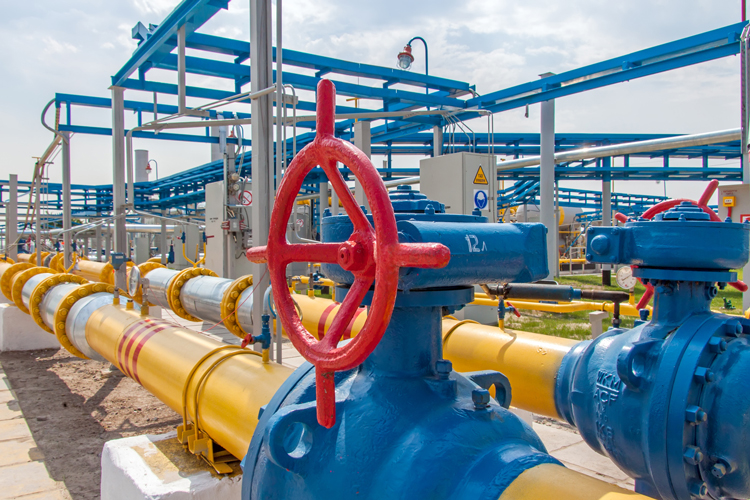OEB Reduces Working Capital Allowance for LDCs

A recent letter from the OEB updated the policy for calculating the allowance for working capital in electricity distributors' rate applications. Effective immediately, the assumed (default) allowance for working capital is set at 7.5% of the sum of the cost of power and operations & maintenance costs. This is a significant decrease from the prior default level of 13%.
Under the new policy, the default allowance for working capital of 7.5% will be deemed to apply, unless a distributor requests approval of a distributor-specific working capital allowance, supported by appropriate evidence. That evidence would likely include a lead-lag study, indicating an actual working capital cost that is different from (higher than) the default allowance.
The OEB's letter indicates that the new default allowance for working capital is at the low end of recent actual distributor results. The range of results from lead-lag studies filed in 2015 rate applications shows a working capital cost ranging from 7.4% to 12.7% of the sum of the cost of power and operations & maintenance costs. The OEB's rationale for setting a low default level is to incent utilities to study business processes and improve productivity. The OEB also noted that it expects working capital costs to decrease as distributors move to monthly billing (this change was confirmed earlier this year, to be phased in by the end of 2016).
For the most part, the OEB's policy will be implemented through a distributor's next cost of service or Custom IR application. This will allow for all of the distributor's costs to be examined and determined at the same time. Given the potential for a large gap between the default working capital allowance (7.5%) and a distributor's actual working capital costs, it seems appropriate for most (if not all) distributors to have appropriate lead-lag and other studies completed before their next rebasing applications. This will ensure that properly supported requests for a working capital allowance different from the default level can be credibly presented. Otherwise, a distributor will find itself recovering only the default level of working capital allowance, even if actual costs are higher.

